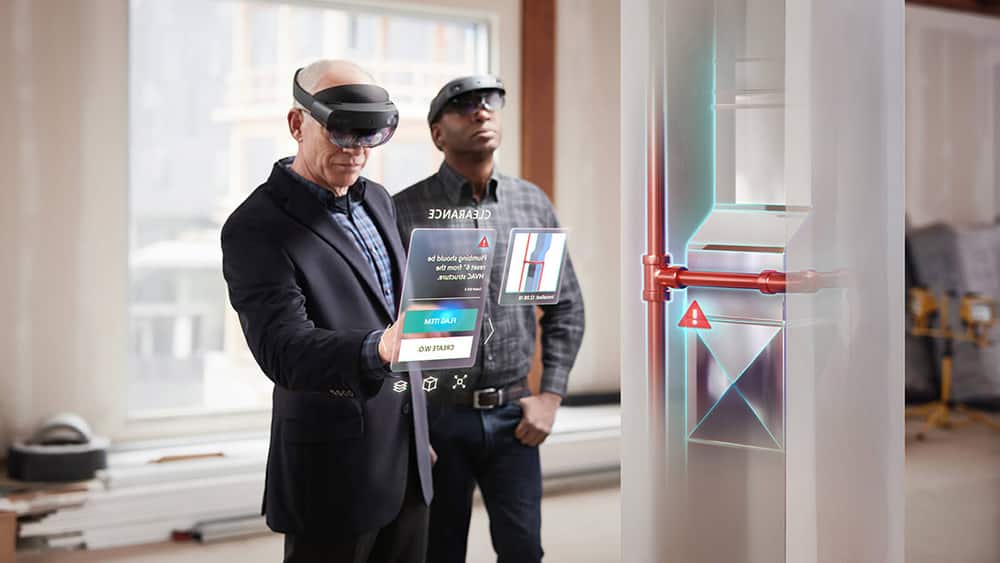Vortex, Microsoft's metaverse, will be grounded in reality
2 min. read
Updated on
Read our disclosure page to find out how can you help MSPoweruser sustain the editorial team Read more

Facebook has called their new metaverse, a virtual environment where people can socialize, work, and play, the future of the internet, but Microsoft’s own vision appears more grounded to reality.
A job post at Microsoft for a Senior Designer has revealed their new initiative called Vortex.
Microsoft writes:
Vortex is a newly founded studio within the Microsoft Mixed Reality group exploring product frontiers that bring together collaborative science, missions to benefit our planet, and entertainment all while pushing the forefront of technology. We are looking for a Senior Designer to join our team as we define the future of Mixed Reality experiences.
In this role, you will work closely with designers, engineers, and program managers to drive narrative design into UX workstreams. You will bring to life persistent experiences across HoloLens, VR and physical locations that lay the groundwork for the next era in interactive entertainment.
The new studio called Vortex is set to work on a Mixed Reality product that combines persistent virtual and physical locations, presumably much like Pokemon Go, though presumably with a better rendering courtesy of headsets such as the Microsoft HoloLens.
Microsoft already has the technology for this, in the form of Azure Spatial Anchors and Azure Remote Rendering.
Spatial Anchors is a cross-platform developer service that allows you to create mixed reality experiences using objects that persist their location across devices over time. This enables developers to build apps that map, designate and recall precise points of interest that are accessible across HoloLens, iOS and Android devices. It allows people in the same place to participate in multi-user mixed reality applications.
Azure Remote Rendering as the name suggests allows developers to render complex 3D models from the cloud and stream it to mobile devices and mixed reality headsets. This allows for high-quality experiences even with low-power AR devices.
It seems likely that Microsoft will use these technologies to rapidly establish a presence in the nascent market, but, much like Microsoft’s other AR efforts, it remains to be seen if the company can get any significant adoption.








User forum
0 messages